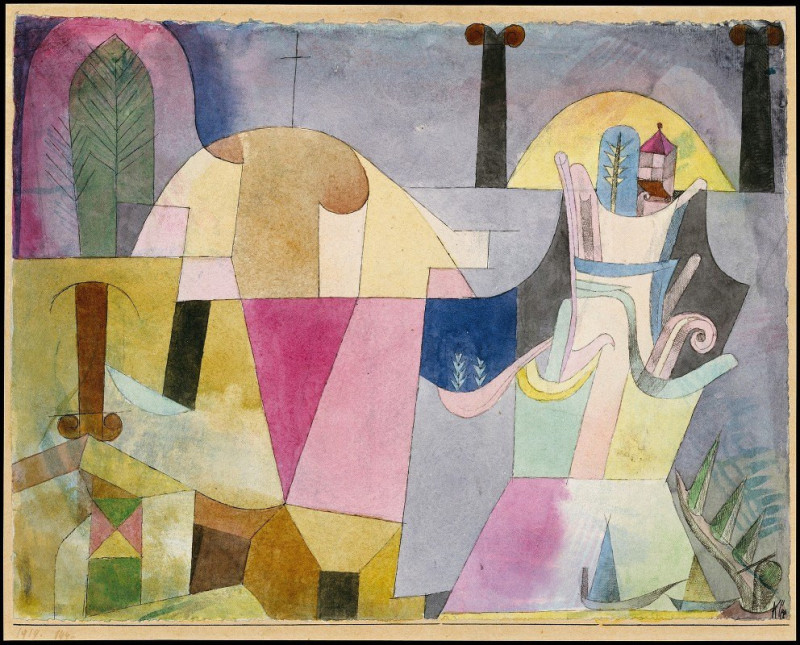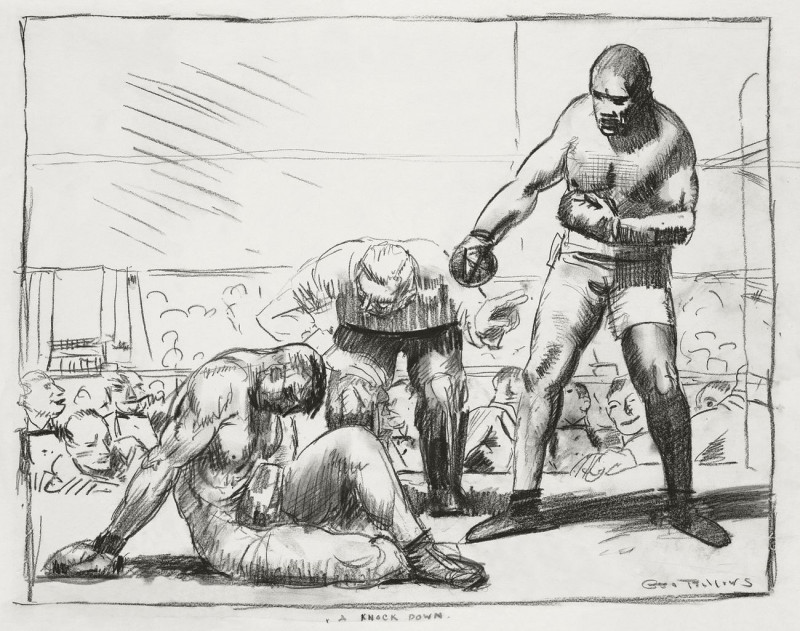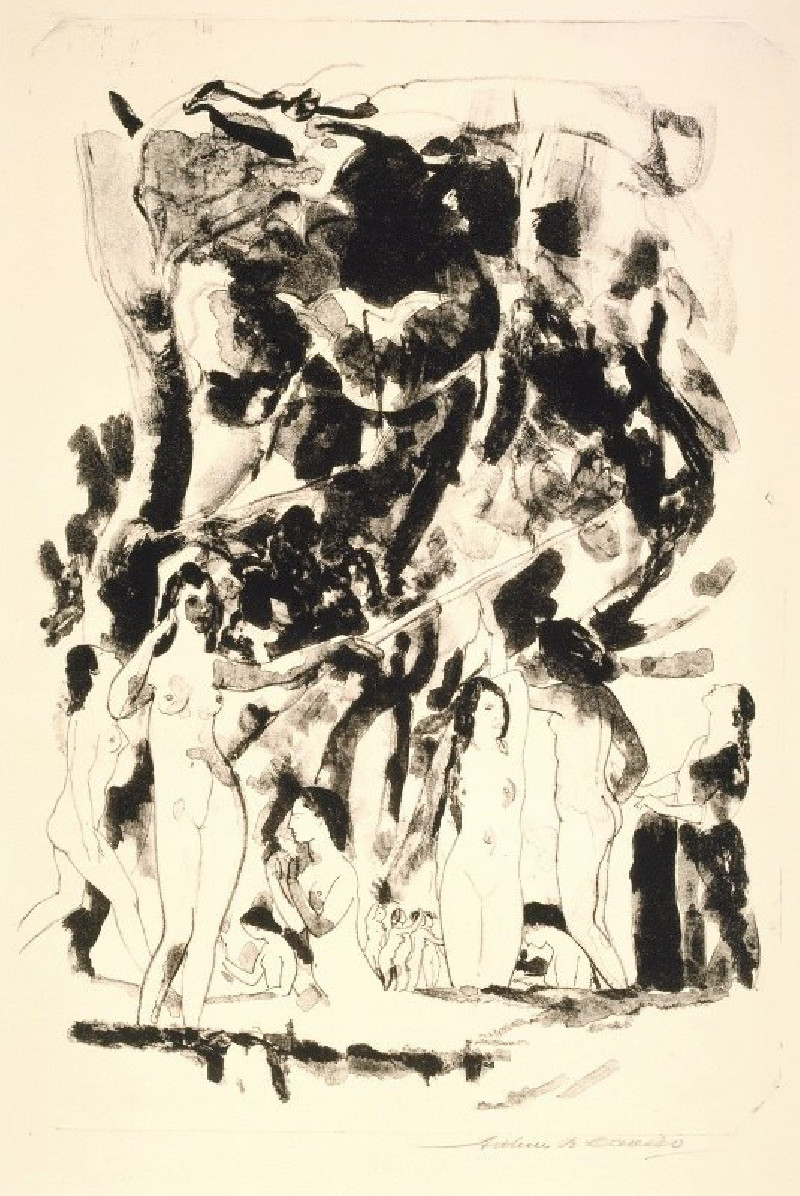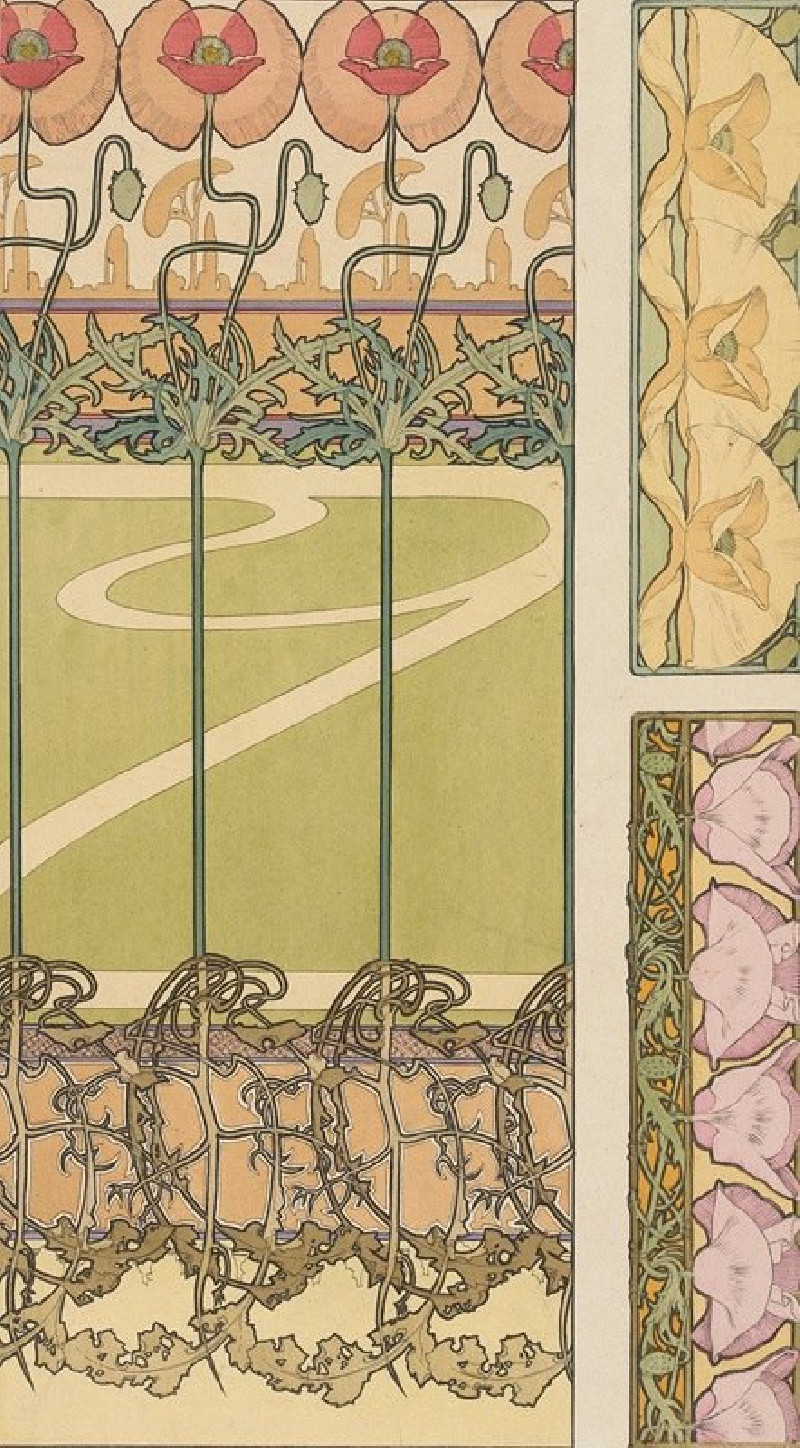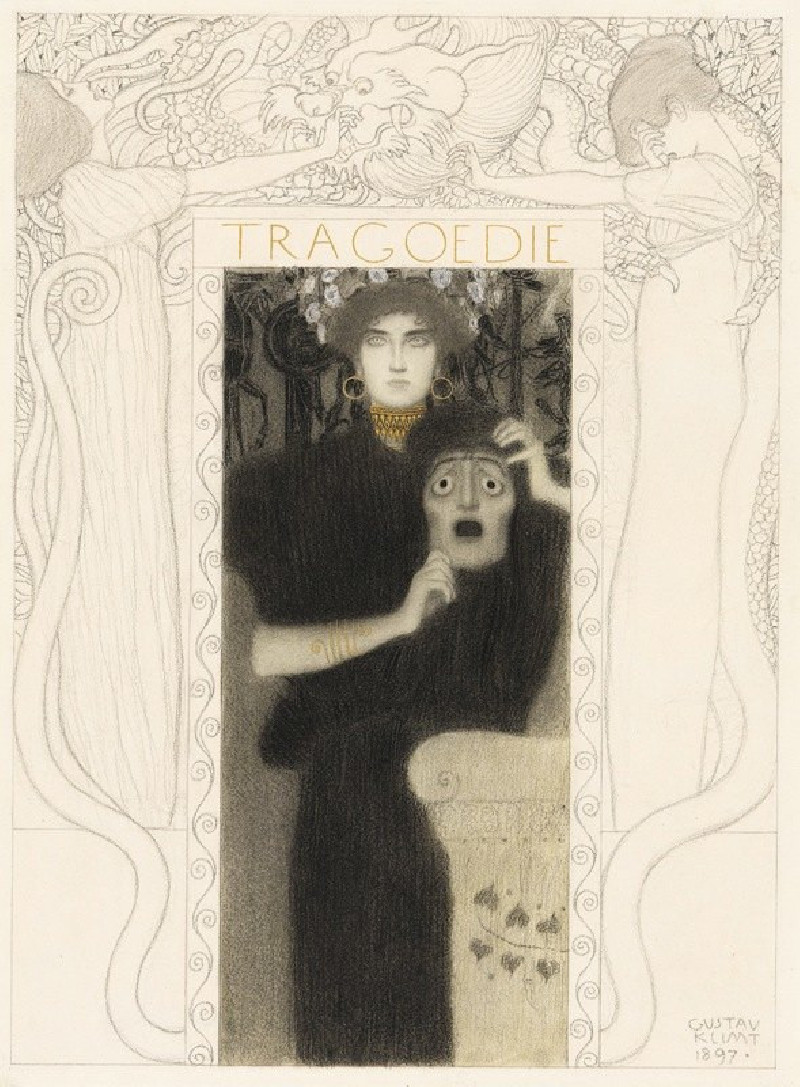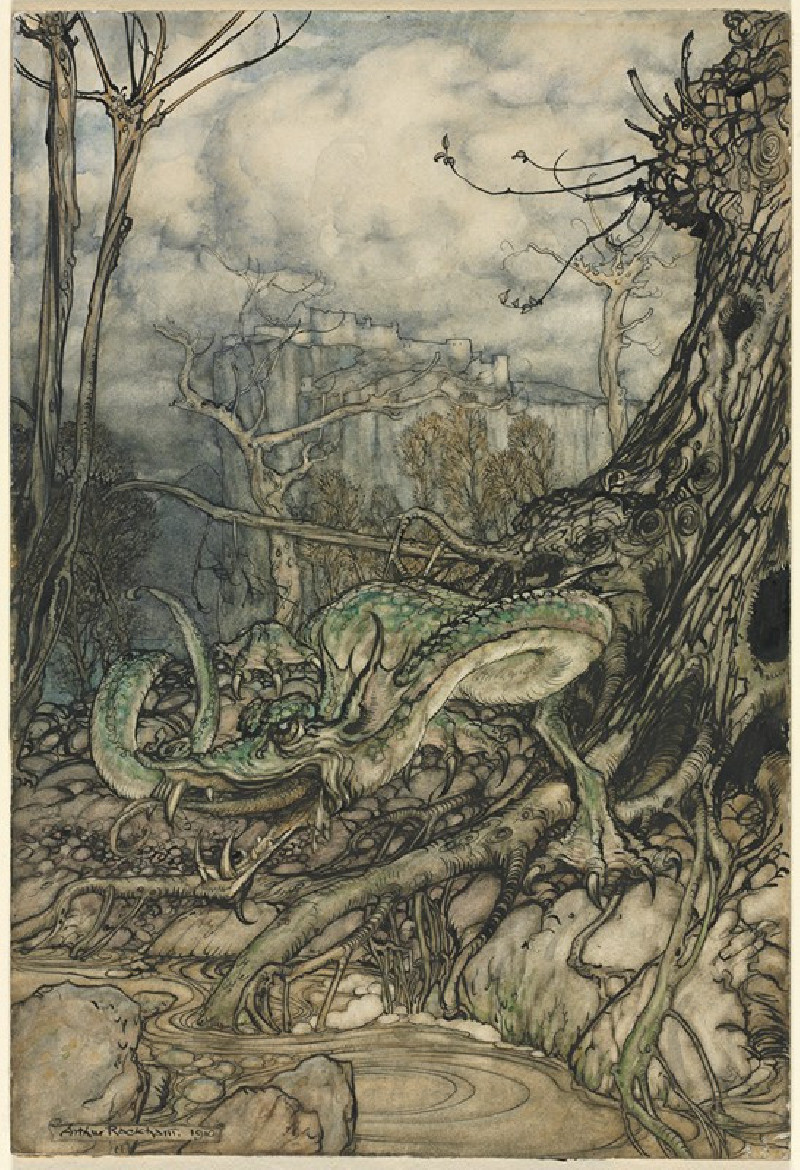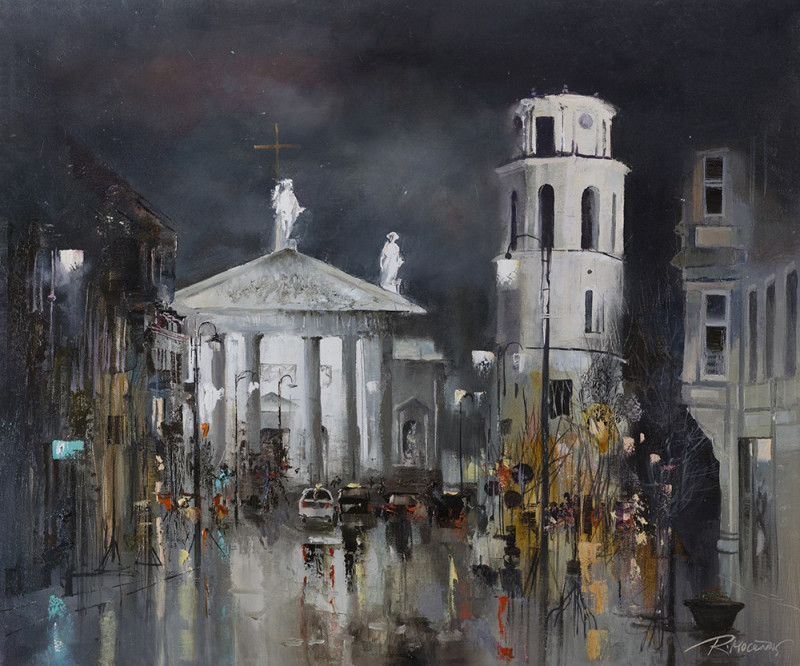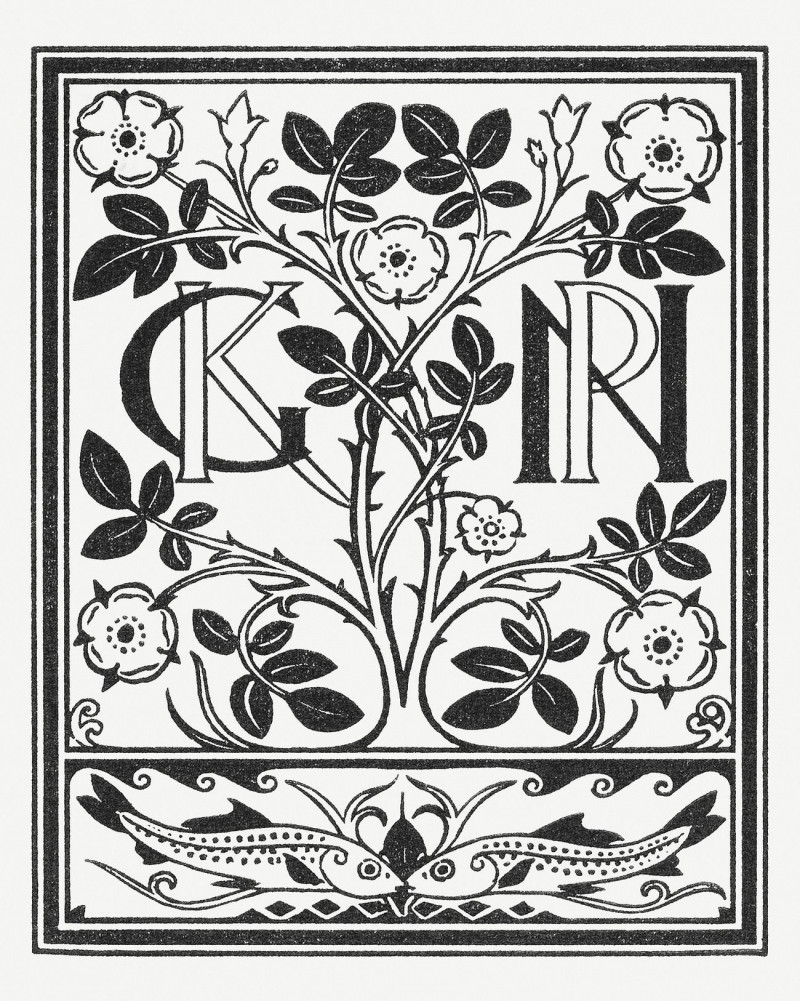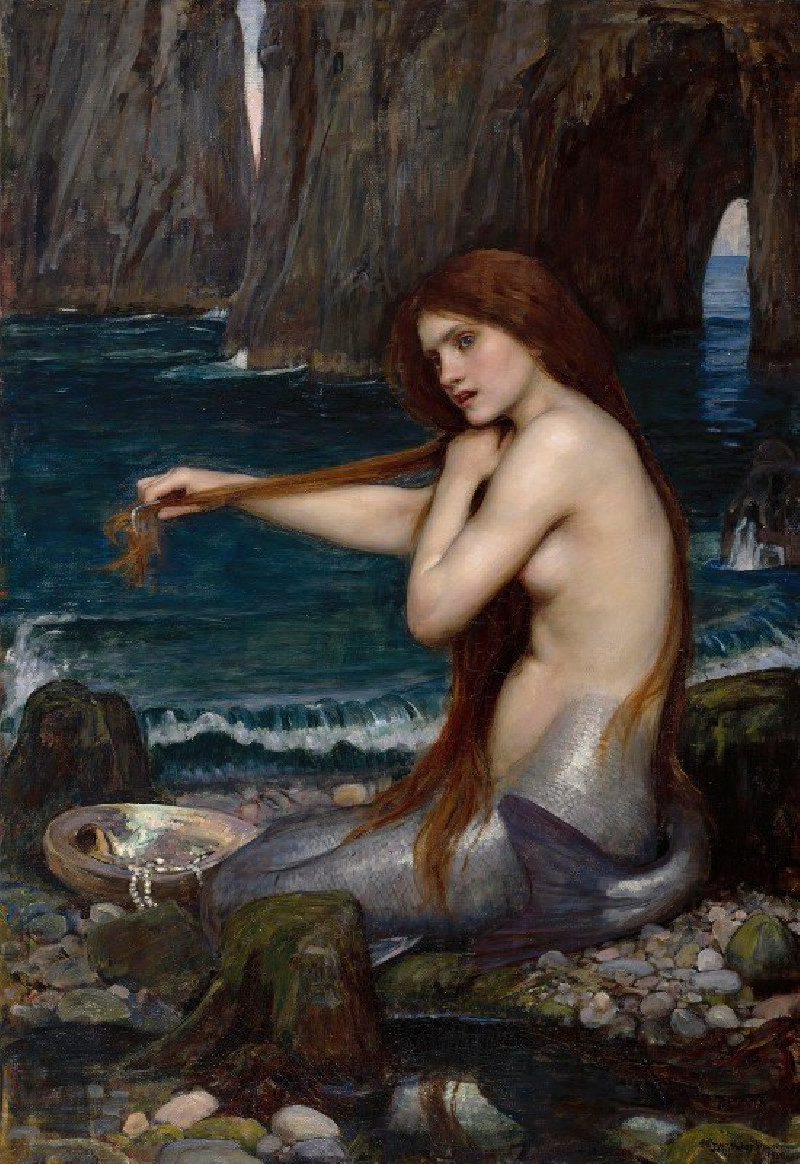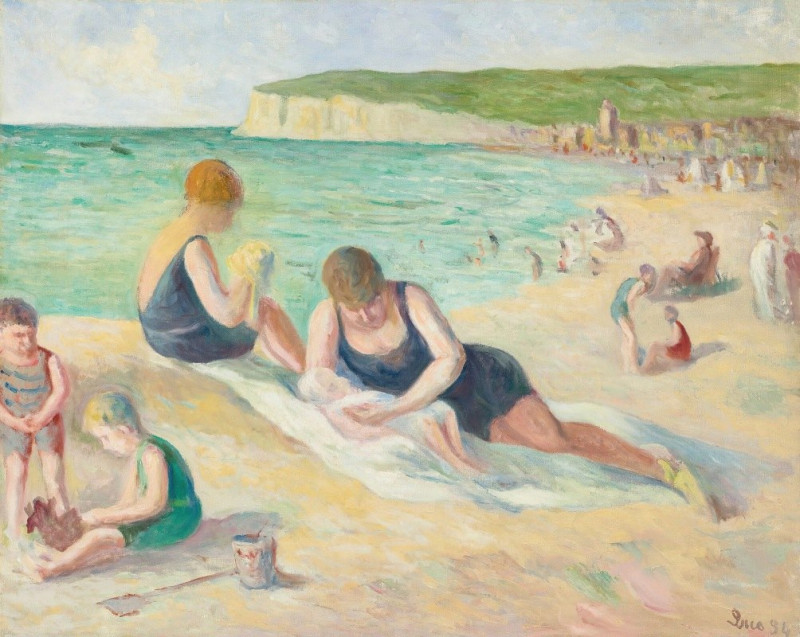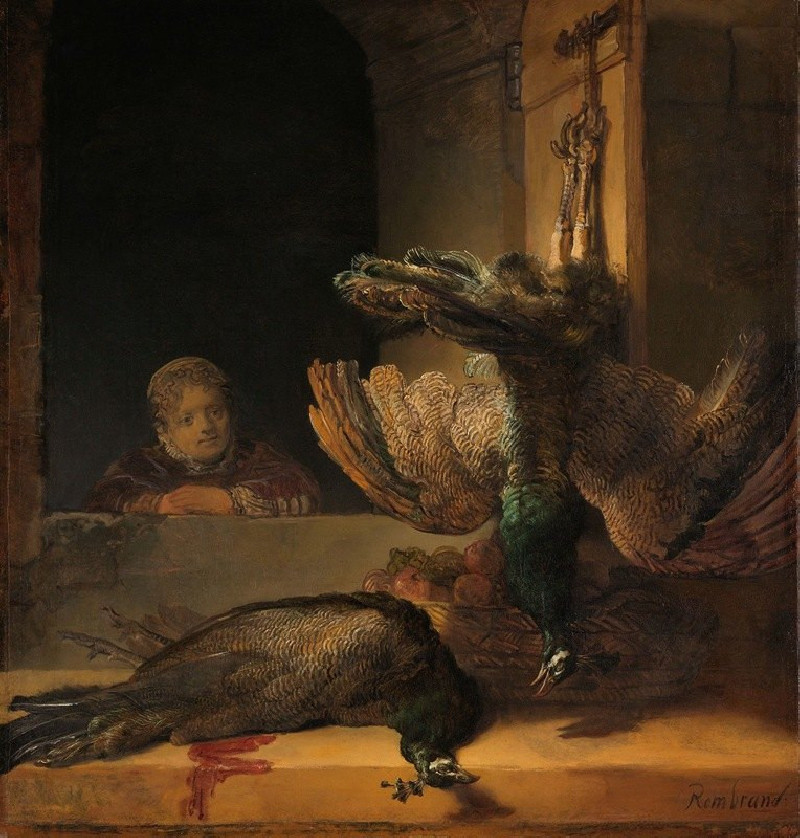Black Columns in a Landscape (1919)
Technique: Giclée quality print
Recommended by our customers
More about this artwork
Paul Klee’s captivating painting "Black Columns in a Landscape," created in 1919, is an exquisite example of the artist's exploration of color, form, and symbolism. This artwork, like much of Klee’s work, occupies a surreal and abstract space, inviting viewers to interpret and find their own meanings in its visual language.Upon viewing the painting, one can see an array of geometrical shapes and segments divided by bold black lines that perhaps resemble architectural columns, standing staunch against a multicolored landscape. The background and foreground meld together in a tapestry of muted and soft watercolors, ranging from blues and purples to pinks and yellows, evoking a dream-like atmosphere that is characteristic of Klee’s style.The elements within the painting suggest a landscape, but not one easily recognized by conventional norms. Amidst the abstract forms and structures, viewers might discern elements that suggest nature — a leafy outline here, what appears to be a plant there. The painting also includes whimsical details, such as a tiny, colored house perched curiously amongst the forms, adding to the fantastical feel of the scene."Black Columns in a Landscape" is a testament to Klee’s mastery of creating enigmatic and thought-provoking worlds. His work encourages a departure from realistic representation, urging the viewer to engage in a deeper contemplation of the abstract and the meanings that lie beneath surfaces.
Delivery
Returns
Paul Klee was a Swiss-born German artist. His highly individual style was influenced by movements in art that included expressionism, cubism, and surrealism. Klee was a natural draftsman who experimented with and eventually deeply explored color theory, writing about it extensively; his lectures Writings on Form and Design Theory (Schriften zur Form und Gestaltungslehre), published in English as the Paul Klee Notebooks, are held to be as important for modern art as Leonardo da Vinci's A Treatise on Painting for the Renaissance.

